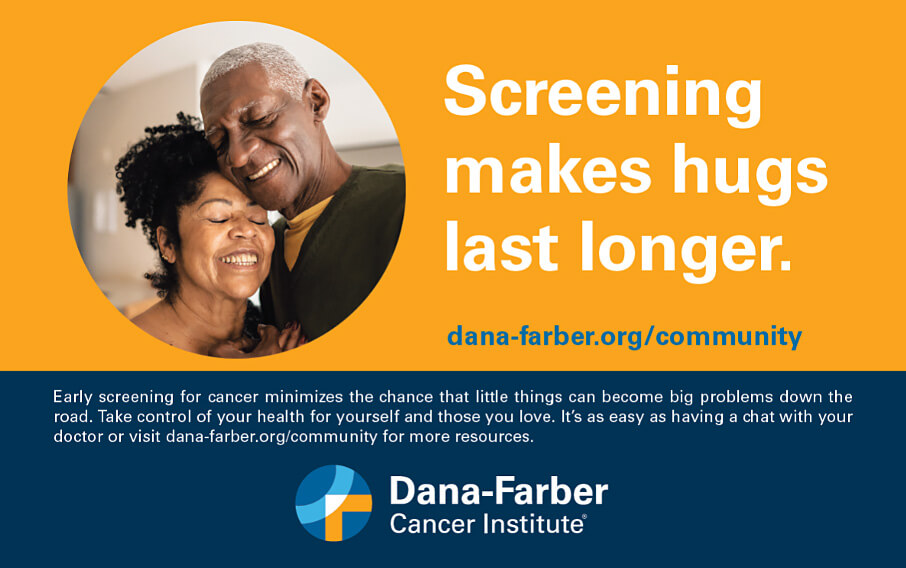As published in Strategic Health Care Marketing, by Andy Semons and Donna T. Walthall
How Dana-Farber Cancer Institute used neuroscience to transform its approach to underserved populations.
Any good marketer who has been on the receiving end of a DEI backlash can tell you that both strategically and in execution, fostering inclusivity isn’t as simple as saying “we care” or including visual representation of diverse groups in communications.
DEI [Diversity, Equity, and Inclusion] is truly complex. And between the current politicization of DEI and the failure to get it right, many organizations are asking themselves if it’s worth it.
Still, in health care, the benefits of a successful approach to DEI speak for themselves. For the community, it’s better care and a better patient experience. For health care organizations, it’s a happier, more loyal and productive workforce, innovation, and advocacy. And a deeper understanding of neuroscience — the science of the human brain and its impact on behavior — can help pave the way for a successful DEI approach.
Boston’s Dana-Farber Cancer Institute, a cancer research and treatment center with over 75 years of experience, is a prime example of how an organization overcame bias with neuroscience.
Continue reading to learn how neuroscience helped Dana-Farber understand and more effectively reach underserved communities. We’ll share the organization’s “12 Everyday Acts of Inclusion” as well as an example of how inclusivity builds trust and paves the way for change.
Why Neuroscience?
Neuroscience teaches us that our brains are built for unconscious preferences. The brain makes memory-based predictions and naturally looks for patterns in experience, prioritizing the familiar. While that can be helpful in many ways, it can also create unconscious preference, or bias, if left unchecked.
Cognitive biases may be helpful in some ways, like keeping us out of danger. But they can also impede good decision making. Think about how many times, in the course of decision making, we overvalue data that supports our own personal beliefs, avoid doing research on too many choices, make snap decisions based on past experiences. That’s cognitive bias at work. In brief, each one of us brings our own biases to the table. And if they’re not managed on an institutional level, they can get in the way of sound DEI practice.
Dana-Farber Cancer Institute: Lessons Learned on How to Overcome Bias
Bias against the Dana-Farber brand was an obstacle to its mission to improve public health in some underserved communities. So much so, that outreach workers viewed the brand as a hinderance and would remove it from efforts to promote the early detection and prevention of cancer.
Research within the target community revealed the reasons behind the bias. The findings showed two key areas of concern:
- Negative perceptions of the Dana-Farber Cancer Institute name
- The community had negative associations with the word “cancer” (i.e., a death sentence, fate, and something to be avoided).
- The word “institute” brought up associations of experimental research and invoked the infamous Tuskegee Institute experiments.
- Perceptions that Dana-Farber, as a Harvard Medical School teaching affiliate, was elitist and not welcoming to people of color
In neuroscience terms, these biases created a “threat response” among the local community which caused people to shut down and not listen to Dana-Farber’s messaging. Importantly, neuroscience suggests a number of actionable ways that communications can work to overcome a threat response and open up a productive dialogue:
- Create a narrative that is personal, not institutional: Avoid speaking as an institution and leveraging a human voice.
- Storytelling: Telling a story eliminates the threat of being lectured or belittled. It simply allows the target to project themselves into a narrative, which often is happening to someone else, and understand the point of view of the storyteller. Our brains enjoy participating in the stories of others and are intrigued by stories.
- Keep it familiar: Stories should be told from identifiable, relatable, and empathetic people with whom the target can easily establish a rapport.
- Feed the target’s sense of being in control: Spend more time talking about the positive steps a target can take as opposed to magnifying the extent of a problem or threat. And if they’re taking positive steps to do the right thing, acknowledge it.
- Highlight benefits: End benefits such as longer life, emotional well-being, more time with family and loved ones are compelling ways to keep the conversation going.
Dana-Farber’s new community work, still in market today, established a positive and optimistic tone while leveraging influencers and other members of the community to get its message across — that cancer can be conquered, and that screening is a powerful tool available to all of us. Campaign results have reflected considerable improvements among the target in brand awareness, preference, and consideration.

Dana-Farber’s Community Screening advertising keeps it personal, highlights benefits, and feeds the target’s sense of control.
Addressing DEI: A Practical Application
Dana-Farber’s commitment to DEI grew not just from the realization that it needed to better understand a community it served; it also grew from understanding that the organization needed to change.
Historically, Dana-Farber’s patient population has been homogeneous and it has lacked diversity in its faculty and staff.
Today, Dana-Farber’s commitment to DEI extends far beyond the chief diversity officer and touches every member of the staff. It has an active program training employees in inclusive behaviors, stressing 12 key everyday acts of inclusion and reinforcing the values of Commitment, Courage, Consciousness, Curiosity, Cultural Intelligence, and Collaboration. Dana-Farber’s example is a model for comprehensive DEI initiatives in health care.

Dana-Farber’s 12 Everyday Acts of Inclusion are a cornerstone of employee training in DEI.
While each organization may have its own challenges in implementing successful DEI policy, neuroscience strongly supports the following practical tools for challenging bias within an organization:
- Keep your team diverse to keep perspective as varied as possible.
- Standardize your process to keep it inclusive and open.
- Bring the community in — do your homework and make sure views are known and heard.
- Test your assumptions before building communication.
- Lead with empathy and curiosity in everything you do.
In summary, while bias is inherent in everyone and in every organization, how we manage it, on an individual or enterprise level, is up to us. Key to this is not just embracing inclusive behaviors but understanding that how we communicate matters.
The Importance of Inclusivity in Effecting Change
A successful health care initiative is measured by its ability to change behavior. But change is hard to bring about. Think of conditions such as diabetes, or obesity, which have such high levels of recidivism.
Dana-Farber’s experience shows the importance of one of the most basic principles of neuroscience. Being truly inclusive allows for greater trust, which in turn lets change happen.
A non-DEI example that points to the need for inclusivity in sensitive situations came about in an IPNY-led research project with a difficult objective — to get smokers and past smokers to proactively embrace lung scans.
Smokers, who have been for decades subject to lectures, anger, and frustrations of others around them with good intentions, are a particularly hardened group who are quick to turn off those who draw attention to their behavior. But far too often, health care marketers and anti-smoking advertisers focus on the consequences of not maintaining their health, which only makes them more resistant to messaging.
The IPNY project, done in conjunction with a Neuroscientist, led to some startling insights about smokers:
- They’re more than aware of the dangers of smoking.
- They want to quit but can’t do it alone.
- They care about their health and have actionable ways to stay in control (limiting their smoking, eating right, exercise), but they’re never given credit for it.
- They actually embraced the idea of a low dose CT scan, as they believed that knowing where they stood health-wise was better than not knowing.
Most of all, when exploring ways to reach smokers, we saw that in health matters they craved a sense of inclusion – they felt better and were more likely to listen to messaging if they were addressed as people concerned with their health first — smoking was incidental.
It was therefore recommended that communication about lung scans go beyond the traditional smoking dialogue and portray the lung scan procedure as an actionable, easy way to continue to take charge of one’s health and stay in control (regardless of whether or not one is a smoker).
Ultimately, communication needed to give the audience credit for taking charge of their own health, and, as in the case of the Dana-Farber work, be personal, familiar, and keep the target in control.
Andy Semons is Founder, Strategic Planning Partner, IPNY. With 30+ years in advertising, including building and growing Ogilvy Healthcare, Andy is dedicated to driving results for clients while leveraging the power of consumer insights and neuroscience to build brands. He is a founding partner of IPNY, a brand positioning and messaging company. Clients include Dana-Farber Cancer Institute, City of Hope Medical Center, The Leukemia & Lymphoma Society, Regeneron, Dana-Farber Brigham Cancer Center, and WNET PBS THIRTEEN.
Donna Walthall is Senior Director, Marketing, Dana-Farber Cancer Institute. During Donna’s 25-year tenure, she’s led the development and implementation of innovative strategies to grow Dana-Farber’s reputation and increase patient volume for Dana-Farber’s primary clinical collaborations with Boston Children’s Hospital and Brigham and Women’s Hospital. She’s also directed marketing outreach to communities of color.
As published on the Strategic Health Care Marketing site.

